 |
Safar "EJA" 500 Italia ~ 1935 |
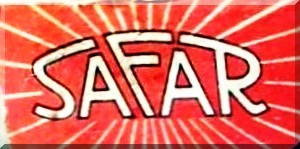 |
|
|
Italiano
|
||
|
Click on images to enlarge
|
|||
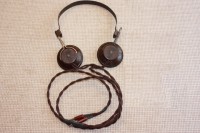 |
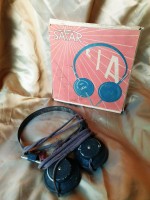 |
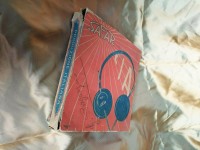 |
|
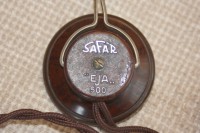 |
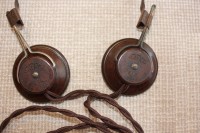 |
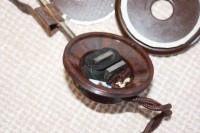 |
|
|
Nel 1931 la Safar ampliò ulteriormente il suo stabilimento avviando la produzione di apparecchiature radio poichè aveva ottenuto grossi ordinativi dall'Aeronautica e dalla Marina Italiana. Nel contempo la ditta iniziò anche la produzione di apparecchi radio domestici, di proiettori cinematografici sonori e intraprese ricerche nel campo televisivo. Durante il secondo conflitto mondiale oltre alle apparecchiature radio militari la Safar produsse dei tubi catodici utilizzati nel radar italiano tipo "Gufo". Con le ricerche fatte e la tecnologia acquisita durante la produzione bellica la ditta arrivò a progettare degli apparecchi televisivi funzionanti con lo standard a 625 righe PAL la cui produzione avrebbe dovuto iniziare alla fine delle ostilità. Dopo la guerra la produzione di apparecchiature radio venne ripresa ma con grosse difficoltà, tanto che nel 1948 la ditta fu costretta a chiudere per mancanza di liquidità. Durante il conflitto infatti la Safar aveva accumulato un enorme credito finanziario a causa della fornitura di apparecchiature di radiocomunicazione all'ex Esercito e alla ex Marina Regia. Per contenere i costi e il prezzo di vendita ogni padiglione delle cuffie Eja conteneva un unico avvolgimento magnetico da 500 Ohm. In tal modo l'impedenza totale dei trasduttori era di 1000 Ohm in quanto i due avvolgimenti dei due padiglioni erano collegati in serie. Questa caratteristica era riduttiva nei confronti di altri modelli da 2000 o 4000 Ohm che avevano due avvolgimenti da 1000 o 2000 Ohm per padiglione posti in serie, ma all'epoca la soluzione venne ampliamente pubblicizzata. I padiglioni delle cuffie sono realizzati in bachelite mentre l'archetto è in acciaio. © IK3HIA, 2024. |
|||
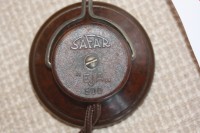 |
 |
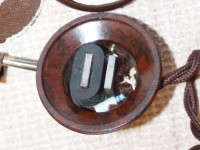 |
|
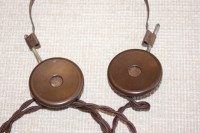 |
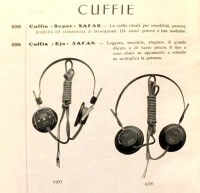 |
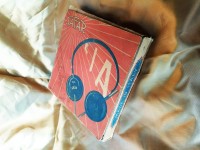 |
|
|
Impedance 1000 Ohm, brown bakelite earcups and steel headband. The date of construction is between 1930 and 1940. SAFAR was a company that in 1923 began producing radio and telephone headphones used mainly by the Royal Italian Army and the Royal Italian Navy. Production soon diversified to include horn speakers for home radios. In 1931 Safar further expanded its plant by starting the production of radio equipment as it had received large orders from the Italian Air Force and Navy. At the same time the company also began producing home radios, sound film projectors and undertook research in the television field. During the Second World War, in addition to military radio equipment, Safar produced cathode ray tubes used in the Italian "Gufo" type radar. With the research done and the technology acquired during the war production, the company came to design television sets working with the 625-line PAL standard, whose production was supposed to start at the end of the hostilities. After the war, the production of radio equipment was resumed but with great difficulty, so much so that in 1948 the company was forced to close due to lack of liquidity. During the conflict, in fact, Safar had accumulated a huge financial credit due to the supply of radio communication equipments to the former Italian Royal Army and the former Italian Royal Navy. To keep costs and the selling price down, each earcup of the Eja headphones contained a single 500 Ohm magnetic winding. In this way, the total impedance of the transducers was 1000 Ohm since the two windings of the two earcups were connected in series. This feature was reductive compared to other 2000 or 4000 Ohm models that had two 1000 or 2000 Ohm windings per earcup placed in series, but at the time the solution was widely publicized. The earcups of the headphones are made of Bakelite while the headband is made of steel. © IK3HIA, 2024. |
|||
|
Return to top of page
|
|||